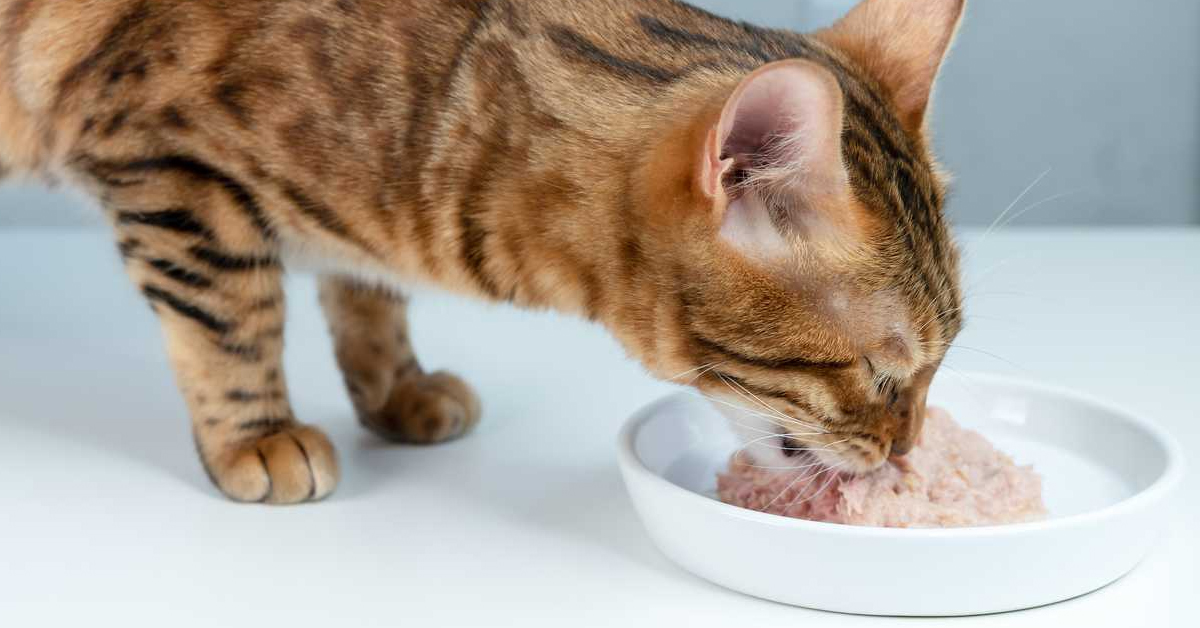
There are many reasons why you may need to move your cat onto a new food. Nutritional requirements alter as cats get older; a medical condition might require a special diet; or you may acquire a new pet and wish to move from their previous diet onto a new one.
Cats can often be sensitive to changes in their diet, and older cats can get very used to certain food but be reluctant to try a new diet. This is why it is necessary for a slow transition process which will help your cat to accept and more easily digest the new diet.
If your cat had been ill or diagnosed will a medical condition and is changing to a veterinary recommended diet, the time to make the transition is when they are feeling better and recovering, rather than when they feel unwell. If they feel nauseous, for example they will be reluctant to try new foods and may go completely off the new diet as they associate it with feeling sick (food aversion)
When you’re feeling ready to introduce a new food, you can start by mixing a little with your usual brand, and then gradually increasing the proportion over one week to ten days, until you cat is only eating the new food. However some cats do not like the flavours/textures to be mixed together and will be reluctant to eat.
If you switch from wet to dry food, your cat will chew more actively and will certainly require more water, and may visit the food bowl sporadically, rather than eating it all in one sitting. Dry foods can contain more energy than wet food so you will not need to feed as much volume wise.
If your switching from dry food to wet, expect him/her to drink a little less and eat more per meal in less time, as dry foods are in general are more energy dense than wet foods. Your cat may need to eat proportionally more wet food to gain the same calories.
Cats of seven to ten years and older may be fed a specially formulates senior food, designed to provide the optimum balance for key nutrients.
If your cat refuses to eat the new diet, then contact your vet. There may be a medical reason for this, and he/she may be able to advise you on an alternative formulation.